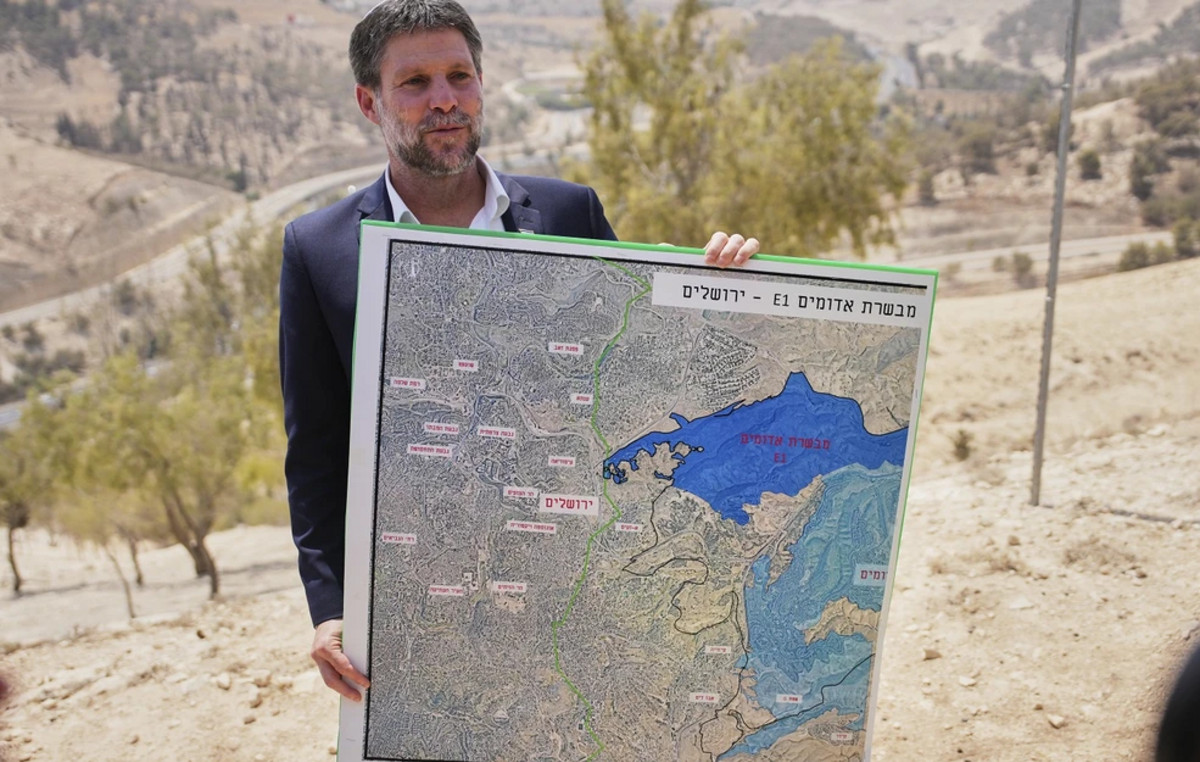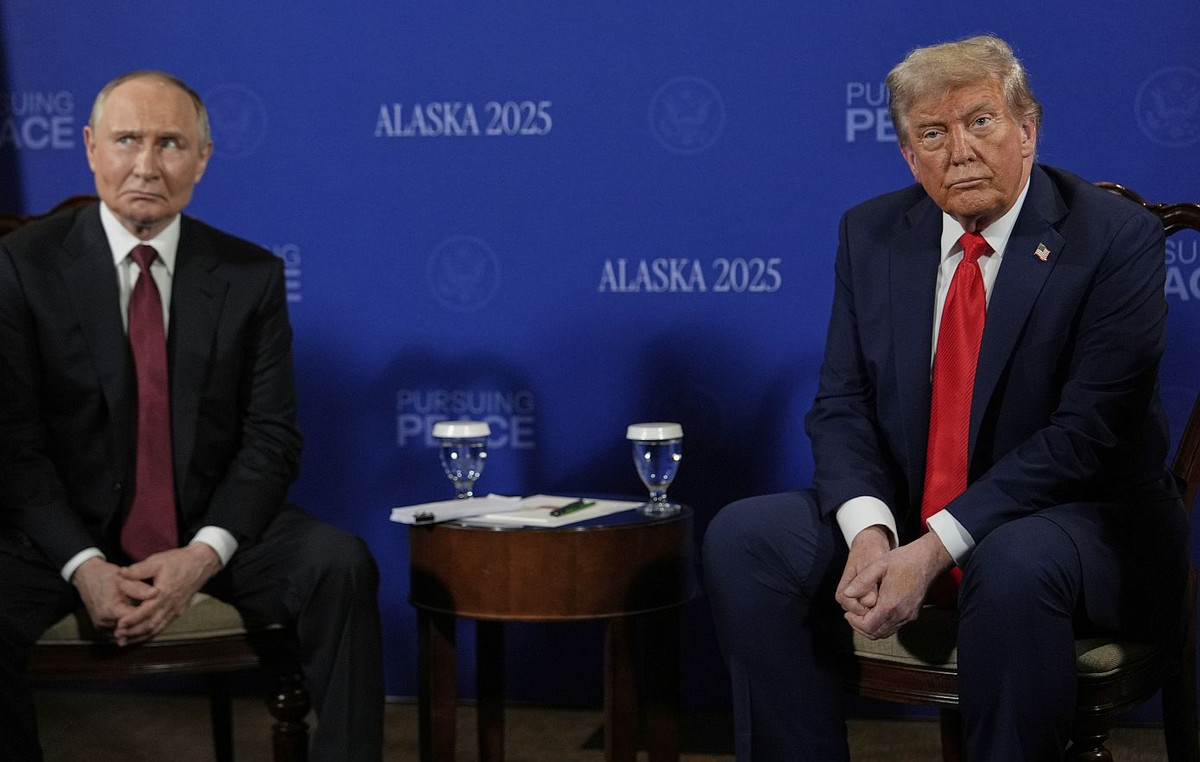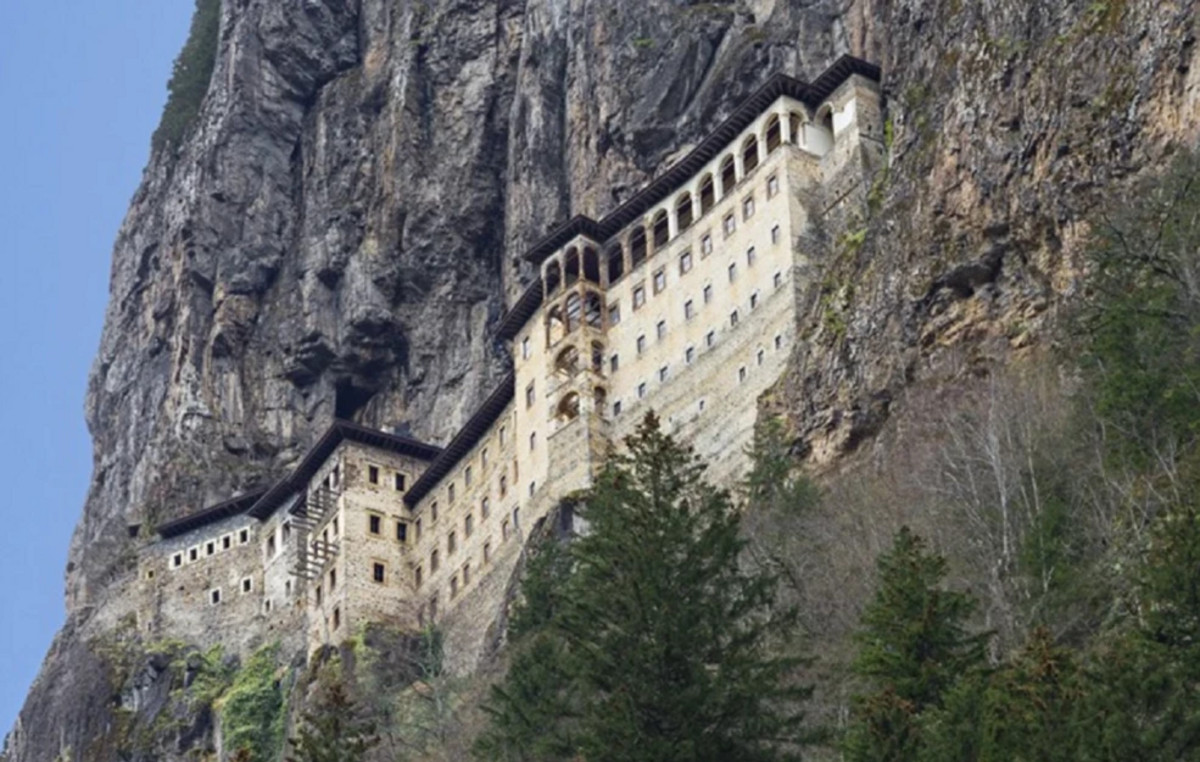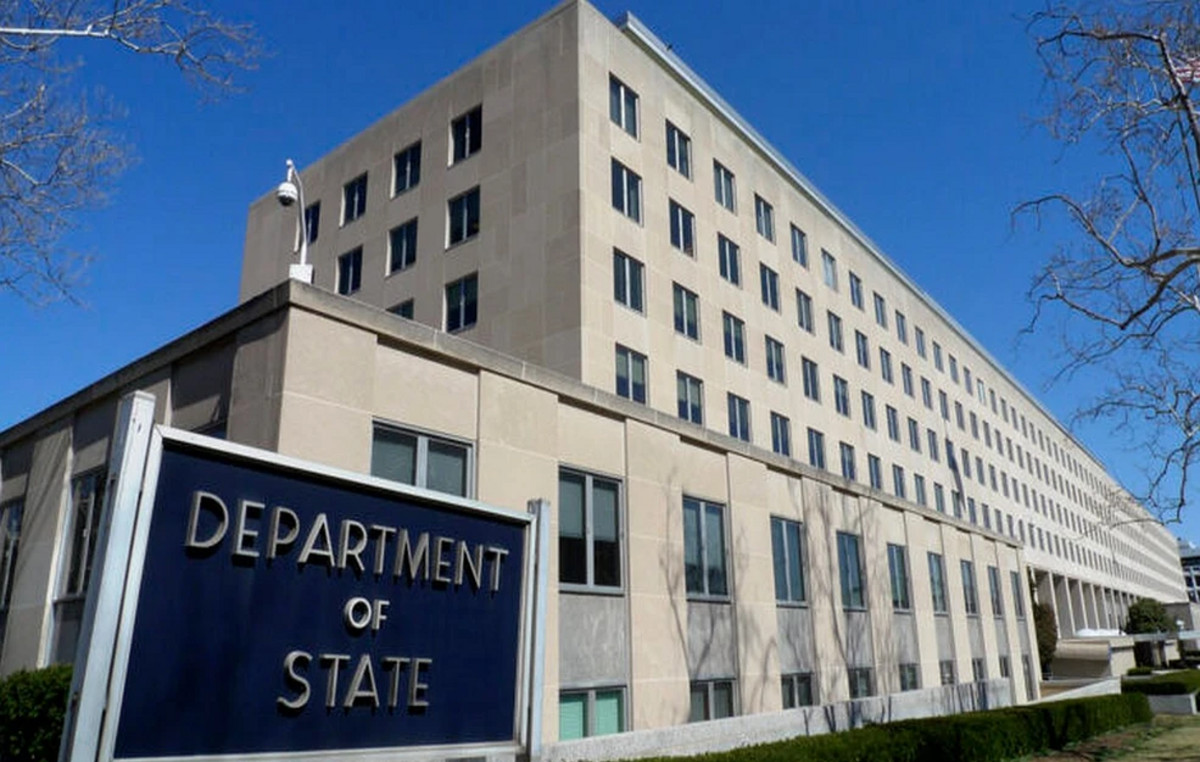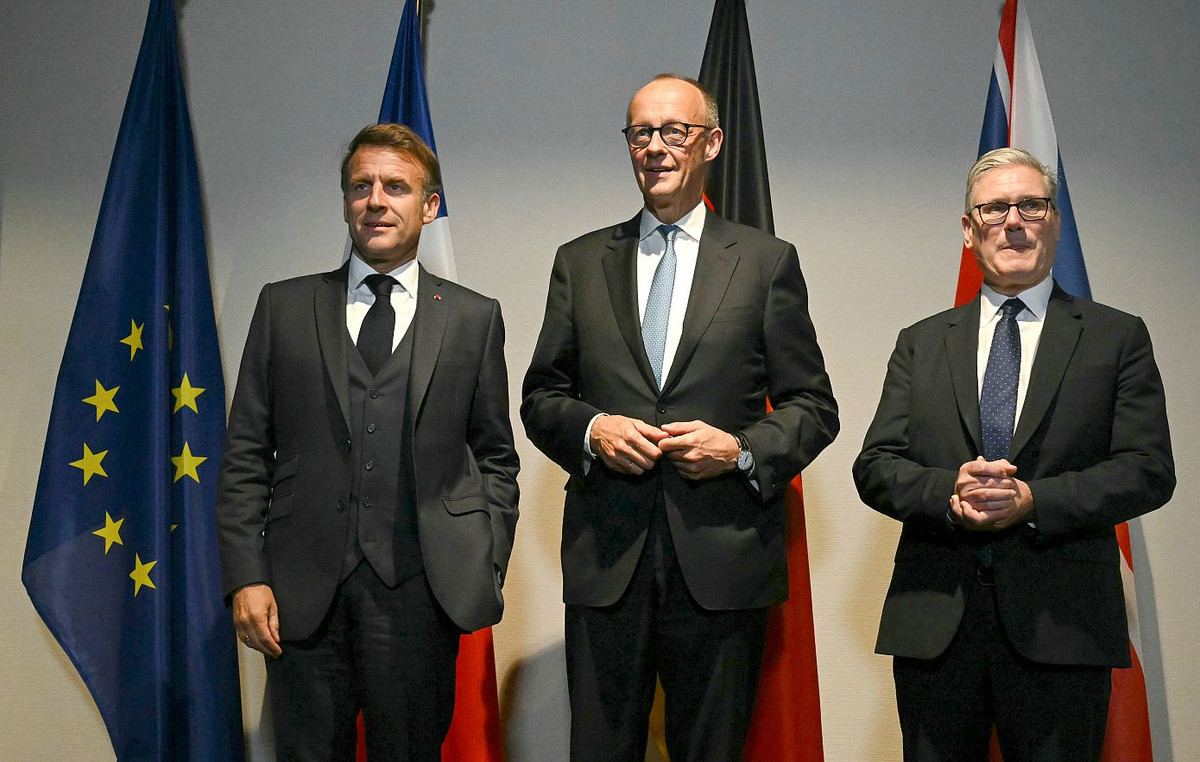Taiwan unveiled the country’s first homegrown submarine on Thursday, an achievement the island’s president hailed as a significant milestone as it works to boost its military deterrence in the face of a growing threat from China.
President Tsai Ing-wen presided over a ceremony at the submarine shipyard in the southern city of Kaohsiung, where the diesel-electric ship was officially named “Narwhal” in English and “Hai Kun” in Mandarin – which can be translated freely as a “sea monster”.
“The submarine is an important achievement of our concrete commitment to defending our country,” said Tsai. “It is also an important piece of equipment for our naval forces in developing asymmetric warfare strategies.”
“In the past, many people thought that building this submarine would be an impossible task. But we did it,” she added.
The ceremony was a significant personal moment for Tsai, who launched a flagship defense policy to build the first domestic submarine shortly after taking office in 2016.
Taiwan’s defense chiefs hope the submarines will help make a possible invasion by China, which claims the island as its territory and has stepped up its attacks in recent years, even more difficult.
Journalists were given a tour of the submarine’s shipyard, but were not allowed to take photos for security reasons.
Details about the vessel’s size or capacity were also not disclosed during the ceremony, which was attended by Sandra Oudkirk, Washington’s ambassador to Taiwan, as well as representatives from the Japanese and South Korean missions in Taipei.
Tsai said the submarine project was “a top priority” for her administration.
With the addition of the “Narwhal”, Taiwan will have a total of three submarines by 2025 – it already has two Dutch-made submarines that were first commissioned in the 1980s.
Taiwan previously said it plans to build a total of eight defense submarines.
Asked about the new submarine at a monthly press conference on Thursday, China’s Defense Ministry compared the ship to “a praying mantis trying to stop a carriage,” invoking a common Chinese expression.
Defending the first island chain
In an internal briefing attended by CNN Last week, Admiral Huang Shu-kuang, advisor to Taiwan’s National Security Council and leader of the defense submarine project, said the new fleet will play a key role in preventing China from conducting a naval blockade of the island. .
Although the Taiwan Strait may be too shallow for submarines to operate, submarines may be more useful when deployed to attack Chinese warships in the Bashi Channel – which separates Taiwan from the Philippines – and in the waters between Taiwan and the westernmost islands of Taiwan. Japan, he said.
Given that China’s access to the Pacific Ocean is limited by the first island chain – which includes Japan, Taiwan and the Philippines – its naval forces would need to pass through these two strategic points to gain access to the wider ocean.
Therefore, Huang said, Taiwan can help limit China’s military power projection by deploying its submarines there.

In the event of a military conflict, the Chinese navy “will definitely want to enter the area east of Taiwan to surround us and limit the US’s ability to intervene,” Huang said at the briefing.
“Because submarines can operate in deep waters and are difficult to detect, they are more likely to approach (Chinese) aircraft carriers” and launch attacks.
That assessment was shared by Collin Koh, a senior researcher at the S. Rajaratnam School of International Studies in Singapore, who said the new submarine fleet would help Taiwan build a “more credible second-strike capability.”
“China is very focused on countering what it sees as potential US military intervention and has planned a major naval engagement with the US outside the first island chain, around the Philippine Sea,” he said.
“If the Taiwanese want to contribute to this, then one way to do so is to suppress the Chinese People’s Liberation Army Navy in the first island chain, not allow it to leave, and help the US military intervention to succeed,” he added. .
Admiral Huang also said that the submarines are designed with the ability to carry US-made MK-48 missiles, which can be used to target surface ships.
A challenging journey
Taiwan has increasingly emphasized a policy of defense self-sufficiency, which has seen the island accelerate its domestic weapons development to modernize its armed forces and be less dependent on overseas acquisitions.
Tsai took office at a time when Taiwan was struggling to persuade the United States and European nations to sell Taiwan high-value military items.
This has become less of an issue in recent years as China has increased diplomatic, economic and military pressure on Taiwan and the United States in particular has signed a series of major military sales under President Joe Biden and his predecessor Donald Trump. Trump.
But Taiwan’s indigenous military acquisition program remains a central plank of its defense strategy, especially when it comes to systems like anti-ship missiles that could defend the island against a potential invasion.
In March, the CNN visited a Taiwanese state-owned military weapons developer, who unveiled five new types of military drones that are capable of surveillance and launching airstrikes.

Taiwan’s success in building its first submarine could help ease some concerns about its military preparedness as Beijing increasingly stakes its territorial claims over the island of 23.5 million people.
China’s ruling Communist Party views Taiwan as part of its territory, despite never having controlled it. Beijing has long promised that the island should be “unified” with the Chinese mainland, by force if necessary, while Taiwanese authorities vehemently reject China’s territorial claims to it.
Beijing has increased pressure on Taiwan under Xi Jinping, China’s most assertive leader in a generation.
In recent years, Chinese fighters, bombers and surveillance planes have conducted an increasing number of missions around the island, while Chinese warships have crossed the unofficial Median Line that bisects the Taiwan Strait with increasing frequency.
Last summer, China’s military launched massive exercises to protest then-U.S. House Speaker Nancy Pelosi’s visit to Taiwan.
At the internal briefing, Admiral Huang said that Taiwan first tried to build a new submarine fleet when former President Lee Teng-hui founded a task force in 1995, but faced difficulties because the US was reluctant to sell its submarines to The island.
The project formally began in 2016, after Tsai took office.
He said the process of building Taiwan’s first submarine was very challenging due to budget constraints, delays resulting from the global chip shortage and concerns about possible Chinese espionage.
The project involved a total of 1,003 Taiwanese employees, most of whom were involved in designing the submarine design, Huang said. All personnel were monitored by a military security division to ensure no secrets were leaked.
Huang said he was given a budget of US$1.54 billion to build the first vessel. About 60% of the budget was spent on procuring military materials and equipment overseas, but he believes this percentage will decrease in the future as Taiwan’s domestic underwater shipbuilding industry becomes more mature.
He declined to reveal which countries had approved export licenses for Taiwan, but said he had contacted senior military leaders at the U.S. Pacific Fleet, Japan, South Korea and India.
Once the submarine is unveiled, it will enter sea trials next month before entering service next year.
Source: CNN Brasil
Bruce Belcher is a seasoned author with over 5 years of experience in world news. He writes for online news websites and provides in-depth analysis on the world stock market. Bruce is known for his insightful perspectives and commitment to keeping the public informed.

